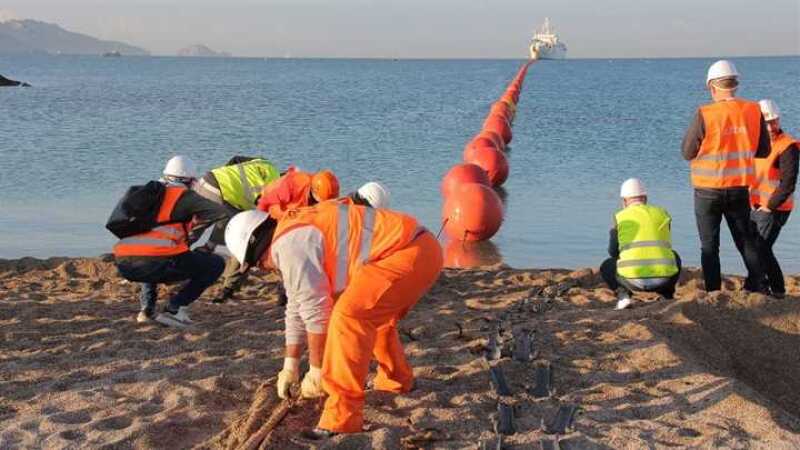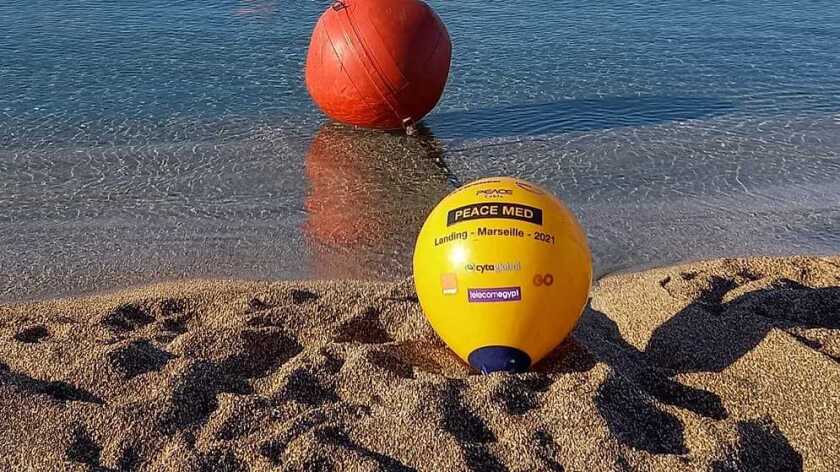Orange which serves as the landing party for the PEACE cable in France has successfully completed the landing of the PEACE system in Marseille and will supply and operate the cable landing station. In addition, Orange will be in charge of extending the PEACE cable system to one of Marseille’s major data centres where the submarine line terminal equipment is located.
“We are glad to have successfully completed this operation with our affiliate Orange Marine today who managed the shore-end landing," said Jean-Luc Vuillemin, executive vice president of International Networks at Orange.
"For Orange, having capacity on PEACE will provide greater route diversity, improved connection security and guaranteed support for increased capacity across all regions in the Indian Ocean zone, particularly La Réunion and Mayotte, especially reducing its dependency on the EASSy cable which links Djibouti to South Africa.”

Once live, PEACE will provide a direct and high-capacity route from Asia and East Africa to Europe. This combined with low latency, are required for an important range of commercial and consumer applications.
Moreover, PEACE deploys a state-of-the-art “system within a system” configuration that gives each party the required flexibility to design its own subsystem with reconfigurable bandwidth for different points over the lifetime of the cable.
“We are thrilled with the successful execution of Marseille landing, achieving yet another important milestone towards completing the construction of PEACE Cable System," said Haitham Zahran, VP of EMEA subsea cable systems at PCCW Global.
"This achievement would not have been possible without the support of Orange, local partners, the local authorities and service providers located in Marseille, looking forward to completing the end-to-end testing and commissioning of PEACE system including Infinera and HMN Tech terminal equipment and launch PEACE system in Q1, 2022.”

Through its partnership with PCCW Global and PEACE Cable International Network (PCIN), Orange will benefit from enhanced capacity between Marseille and Kenya in order to support the growth of traffic in East Africa, especially through La Réunion and Mayotte.
The aim is to find alternative routes, and to reduce dependency on the existing systems on the eastern coast of Africa.






